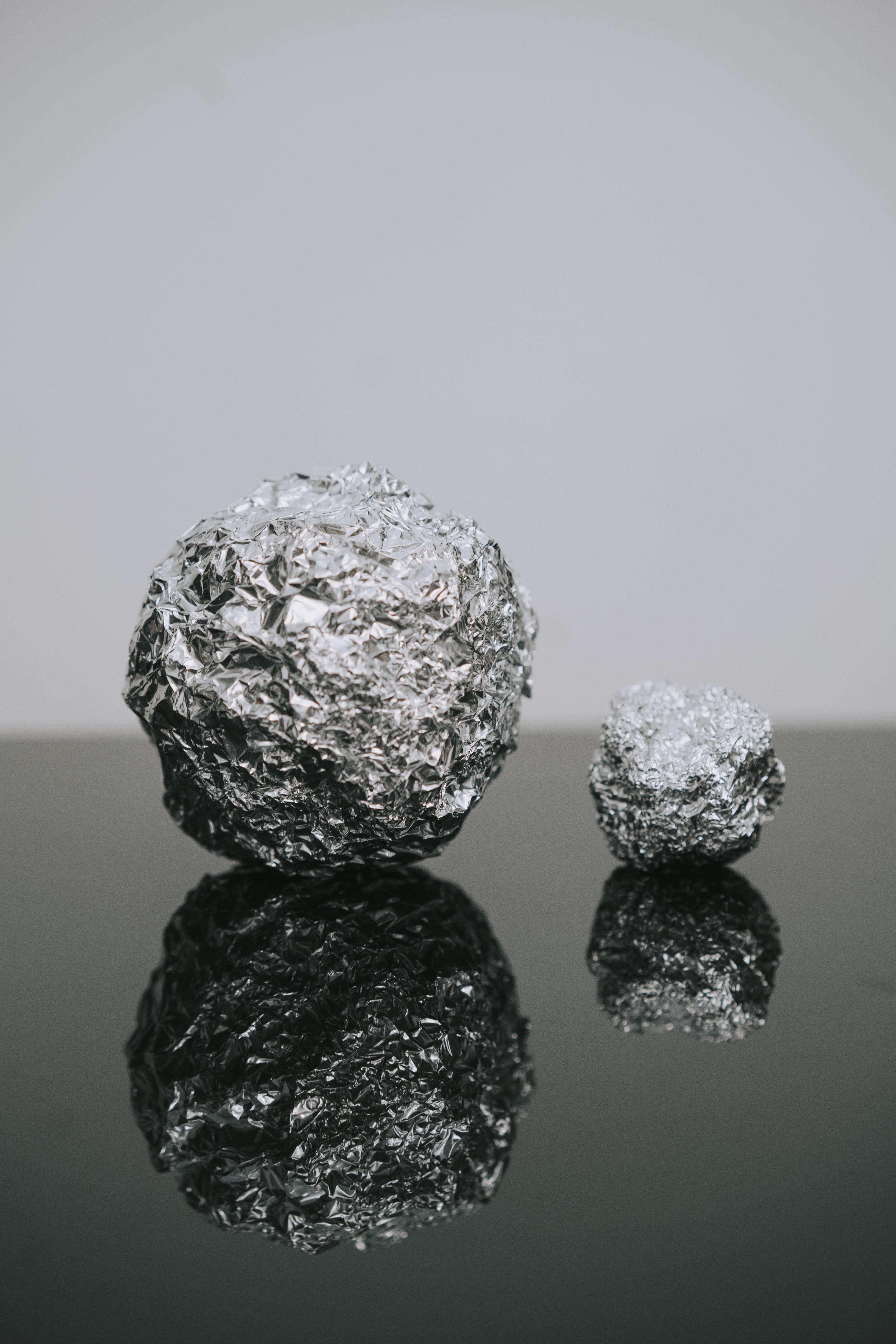The density of aluminum is an important factor to cosider when selecting a material for any project. Aluminum is a lightweight metal that is often used in construction, transportation, and many other applications. Its low density (2.7 g/cm³) makes it an ideal choice for lighter structures and components.
However, the density of aluminum can vary depending on the alloying elements used to produce the product. Heavier alloying elements such as copper, magnesium, and zinc increase the strength and stiffness of the aluminum, but will also increase its weight. Depending on the application, this may or may not be desirable.
Aluminum’s lower density compared to other metals such as iron or copper is due to its lower atomic weight. This property gives aluminum several advantages in many applications where weight savings are important, such as in aircraft construction or automotive manufacturing.
When selecting aluminum for a project, it’s important to know not only the basic density of pure aluminum (2.7 g/cm³), but also understand how different alloying elements can affect its properties. Knowing these details will help ensure you make an informed decision about which type of aluminum best suits your specific application needs.
The Density of Aluminum
The density of aluminum is an important trait, as it determines the material’s strength and weight. Aluminum is a lightweight metal, with a density of 2.7 g/cm³ in its purest form. This allows it to be used in a variety of applications, such as in the aerospace and automotive industries where weight is a crucial factor. The addition of alloying elements to aluminum can increase its density slightly, adding strength and durability while still maintaining the lightweight qualities that make it so desirable. Aluminum alloys are often used for structural components or to create parts with specific thermal properties or corrosion resistance. The exact density of an alloy will depend on whch elements are added and the specific composition of the alloy created.

The Low Density of Aluminium
Aluminum has a very low density compared to other metals due to its low atomic weight. Aluminum is the third most abundant element in the Earth’s crust, making up 8.3% of the total mass, yet it has a very low density of 2.7 g/cm3. This is because aluminum atoms are relatively large and have relatively low mass when compared to other elements like iron and copper which have higher densities. The main factor contributing to aluminum’s low density is its high ratio of surface area to volume, as aluminum atoms are held together by strong covalent bonds that force them apart from each other resulting in a larger surface area for a given volume. This also results in aluminum beig highly malleable, meaning it can be easily shaped or formed into various shapes and sizes without breaking or cracking.
The Price of 1 Kilogram of Aluminium
The rate of 1 kilogram (kg) of aluminium is 2.38 US Dollars (USD). Aluminium prices are generally quoted in terms of tonnes and a tonne is equivalent to 1,000 kg. Therefore, the price of 1 tonne of aluminium is 2,380 USD. To get the price for 1 kg, simply divide the price for 1 tonne by 1000.
Mass of 1 cm^3 of Aluminum
The mass of 1 cm3 of aluminum is 2.70 grams. This means that for every cubic centimeter of aluminum, the mass is 2.70 grams. In other words, if you were to measure out 1 cm3 of aluminum, it would weigh 2.70 grams on a scale. Aluminum is a lightweight metal, and its density is relatively low compared to other metals, which explains why its mass per unit volume (1 cm3) is only 2.70 grams.
What Is the Mass of Aluminium?
The grams of Al is 26.982 g per mole. This means that for every mole of Aluminum atoms, it weighs 26.982 grams. This is derived from the periodic table, which lists the atomic mass of Aluminum as 26.982 amu (atomic mass units).
The Difference Between Aluminum and Aluminium
Aluminum and Aluminium are two different spellings of the same element found on the periodic table. Aluminum is the preferred spelling in North America, while Aluminium is the favored spelling in the United Kingdom and other English-speaking countries. The difference between these two spellings is mainly due to 19th century British chemist Sir Humphry Davy, who named the element “alumium” when he discovered it in 1807. Later, in 1812, Davy changed his mind and renamed it “aluminum” instead. This spelling eventually became popular and widespread throughout North America. However, in British English, Aluminium remains the standard spelling until today.
Is Aluminum the Lowest Density Metal?
No, aluminum does not have the lowest density. While it is among the least dense metals, there are several other elements with lower densities. These include lithium, beryllium, and helium, which have densities of 0.534 g/cm3, 1.85 g/cm3, and 0.0001785 g/cm3 respectively. As you can see, these elements have much lower densities than aluminum (2.7 g/cm3).
The Density of Aluminium
No, aluminium is not a high density metal. Aluminium has a density of 2.7 grams per cubic centimeter, making it one of the lightest metals on Earth. By comparison, other metals like iron and copper have densities of 7.87 and 8.96 grams per cubic centimeter respectively. This low density makes aluminium an ideal choice for applications that require lightweight materials, such as aircraft and aerospace structures. However, its low weight does not mean that aluminium is weak – in fact, it’s very strong and can be easily formed into different shapes for manufacturing purposes.

Is Aluminum Stronger Than Steel?
The answer to the question of whether aluminum is stronger than steel depends on a variety of factors such as grade, form and size. Generally speaking, steel is usually stronger than aluminum at the same size, though certain aluminum alloys can be just as strong or even stronger than some grades of steel. For example, some aluminum alloys are incredibly strong in terms of tensile strength and compression strength when compared to standard grades of steel. The difference in strength between two given metals can also vary depending on the shape and size of the sample. Therefore, it is difficult to definitively say whch metal is stronger without considering the specific grade, form, and size involved.
The Strength of Aluminium
Aluminium is a strong, tough and elastic material due to its low density and light weight. It has an atomic weight of 26.98, which makes it lightweight yet still very strong for its size. Aluminium has a tensile strength of abut 270 MPa, making it one of the strongest metals available. It also has excellent corrosion resistance, making it ideal for applications in harsh environments. Aluminium is also highly malleable and ductile, meaning that it can be bent and shaped into various shapes and sizes without breaking. Additionally, aluminium has a high thermal conductivity which allows it to dissipate heat quickly, thus avoiding overheating issues in machinery or electronics. All these properties combined make aluminium one of the most desirable materials for engineering applications due to its strength and durability.
Conclusion
In conclusion, the density of aluminum is typically 2.7 g/cm³, though this can vary depending on the alloy used. Aluminum has a lower density than most metals due to its lower atomic weight. This makes it an ideal material for use in applications where a lightweight material is desired.
